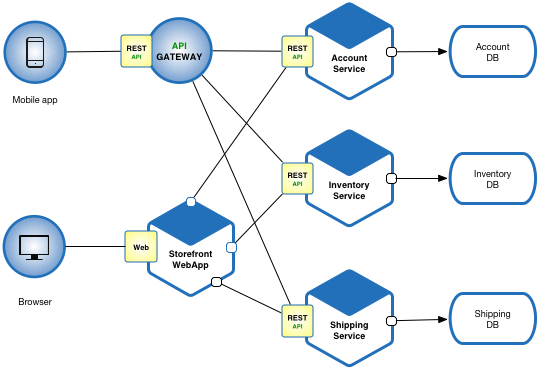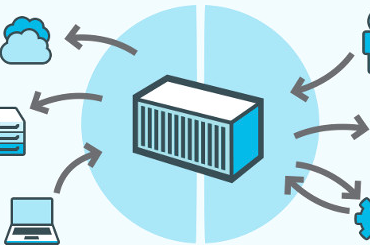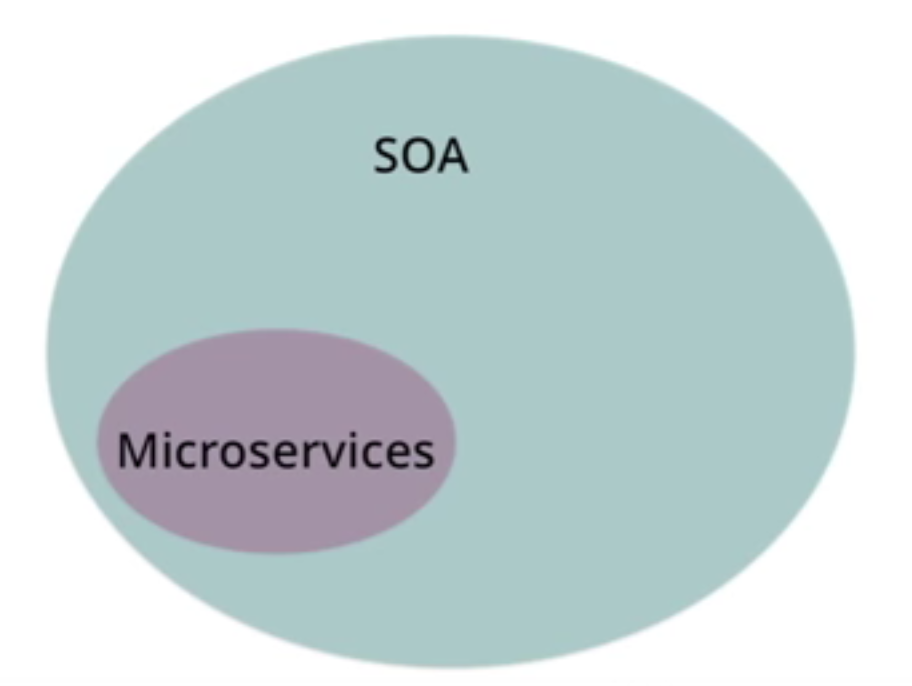Source – siliconangle.com In between meeting with customers, crowdchatting with our communities and hosting theCUBE, the research team at Wikibon, owned by the same company as SiliconANGLE, finds time to meet and discuss trends and topics regarding digital business transformation and technology markets. We look at things from the standpoints of business, the Internet of Things, big data, Read More
Category: Microservices
Upgrade & Secure Your Future with DevOps, SRE, DevSecOps, MLOps!
We spend hours on Instagram and YouTube and waste money on coffee and fast food, but won’t spend 30 minutes a day learning skills to boost our careers.
Master in DevOps, SRE, DevSecOps & MLOps!
Learn from Guru Rajesh Kumar and double your salary in just one year.

Source – blog.risingstack.com A Microservices architecture makes it possible to isolate failuresthrough well-defined service boundaries. But like in every distributed system, there is a higher chance for network, hardware or application level issues. As a consequence of service dependencies, any component can be temporarily unavailable for their consumers. To minimize the impact of partial outages we need to build Read More

Source – techtarget.com exactly how many microservices it should include. The answer is important, because including too few or too many makes a huge difference in effectiveness and manageability. Read on to learn how to use containers and codebase analysis to decide. Why microservices? Microservices architectures have become popular over the past several years because they make Read More

Source – sdtimes.com Microservices are in the spotlight, as infrastructure building blocks, because they offer decoupling of services, data store autonomy, miniaturized development, testing set up, and other benefits that facilitate faster time to market for new applications or updates. The availability of containers and their orchestration tools has also contributed to the increase in microservices Read More

Source – veracode.com I am not a fan of tapas. I’ll take the 22-oz. bone-in ribeye over small plates any day. My wife is the opposite; she loves them. With more tapas bars opening and existing restaurants adopting a “small plate” menu, I find myself losing the battle of steakhouse vs. tapas quite often. After several Read More

Source – techtarget.com In this Q&A, Daniel Bryant, CTO at SpectoLabs and an independent technical consultant, talks about some of the challenges that come up when addressing microservices security and some of the tools and techniques you can use. Compared to more traditional architectures, what new challenges have microservices introduced in terms of security? Daniel Bryant: Read More

Source – techtarget.com Most enterprise development teams will end up using cloud-hosted microservices. The question for most will be where to start, because picking poor candidates early will slow or even discredit microservices adoption. The best microservices use cases fall into four categories, and every enterprise should look for one or more of these for suggested early Read More

Source – jaxenter.com “Microservices Architecture” is now a popular concept in programming. In order to keep up-to-date as a software developer, I’ve been trying to get a good understanding of this architecture. Specifically, I’ve been looking at a better way to implement microservices architecture in Java using Spring. Some background: my company, although great, had a Read More

Source – searchmicroservices.techtarget.com Containers aren’t a new concept; the first steps toward Linux containers were taken in 1979. Since then, there have been about a dozen new evolutionary steps in container deployment of applications, and we’re not done yet. Containers are also interacting with supporting technologies, like DevOps, and competing ones, like virtual machines (VMs), to create Read More

Source – infoq.com We’ve had a few articles over the years on the differences and similarities between SOA and microservices. Some suggest there is much to be learned from SOA whereas others believe that distancing microservices from SOA is more beneficial. Furthermore, Neal Ford amongst others, have suggested that moving from monolithic architectures to a services-based approach may be easier than going to Read More

Source – business2community.com Over the decades, the monolithic, tiered approach to building software has given way to a more distributed, component-based architecture commonly referred to as “microservices,” although some components aren’t “micro” at all. Separating out an app’s services into isolated, interoperable containers has revolutionized the way developers are able to update, add to, or expand parts of an app. Read More

Source – investopedia.com Microsoft Corp. is pushing further into the artificial intelligence market, announcing a new lab dubbed Microsoft Research AI, which is aimed at developing more general-purpose learning systems. The lab, which will be located at its Redmond, Wash., headquarters will house more than 100 scientists from all areas of AI: learning, natural language, perception and reasoning. The Read More

Source – infoworld.com With every innovation comes new complications. Containers made it possible to package and run applications in a convenient, portable form factor, but managing containers at scale is challenging to say the least. Kubernetes, the product of work done internally at Google to solve that problem, provides a single framework for managing how containers Read More

Source – thehybridhive.com According to Gartner, microservices are part of the top 10 strategic technology trends for 2017, in support of mesh app and service architecture. You may have heard of microservices, but have you considered how they could benefit your applications and organisation in a Hybrid IT environment? Microservices are independent application components that deliver specific outcomes Read More

